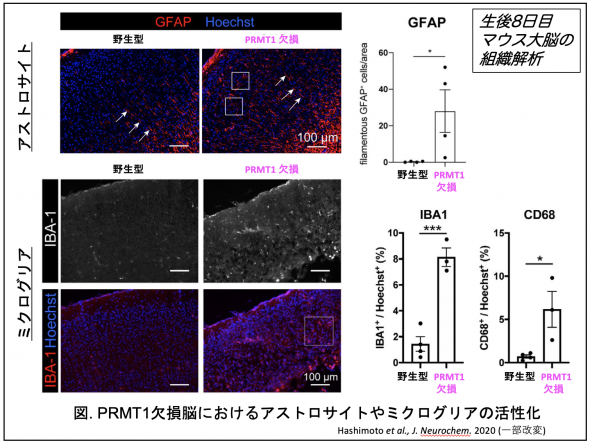-
About
- Kyoto Prize
-
Research Grants
-
Social Contributions
- Events
- News
This website uses cookies to improve the user experience. If you continue on this website, you will provide your consent to our use of cookies.
About
Research Grants
Social Contributions

Assistant Professor,Faculty of Applied Biological Sciences, Gifu University*Profile is at the time of the award.
2020Inamori Research GrantsBiology & Life sciences
Thank you very much for adoption of my research topic. I would like to contribute to the field of myelin research.
Neurons in the brain perform higher-order functions through neurotransmission, and glial cells, which fill the space around neurons, are indispensable for this. I have elucidated one aspect of the mechanism of glial cell development by analyzing mice with defective glial development.
Oligodendrocytes, a type of glial cell, act as insulators and accelerate neurotransmission by producing myelin sheaths around neuronal processes. It is known that methylation modification of various intracellular proteins could alters their functions. I have previously discovered that PRMT1, a major methyltransferase, is essential for myelin formation by analyzing PRMT1-deficient mice, however, the detailed cause of this defect was unknown. In this study, we aimed to elucidate the mechanism by which PRMT1 regulates myelin formation.
Comprehensive analysis of brain gene expression and histological analysis revealed that the number of secreted factors that induce inflammation was increased in PRMT1-deficient brains prior to the peak period of myelin formation. In addition, that the number of microglia, an immune cell type, and astrocytes were increased, indicating that these cells mediated inflammatory state in the brain by loss of PRMT1. Since it has been reported that myelin is damaged in hypoxic encephalopathy and encephalitis caused by viral infection of the brain, we speculate that PRMT1 deficiency inhibit myelin formation by inducing an inflammatory state in the brain, and that would lead to neuronal function impairment.

Biology & Life sciences
